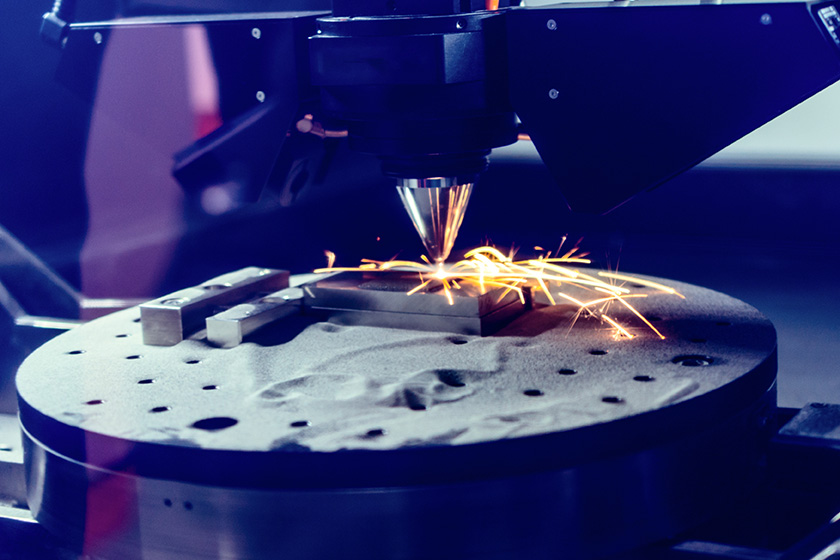Production equipment technologies have seen a significant leap forward in flexibility and accessibility, all thanks to 3D printing. This technology has evolved from crafting small plastic artifacts to producing large-scale metal components for sectors like aerospace.
While metal isn’t the pioneer material in industrial 3D printing, metal spherical powders have emerged as a game-changer. These powders possess uniformity, high flowability and consistent melting properties. In 3D printing, these attributes help to ensure precision, better layer adhesion, and a smoother surface finish, reinforcing the strength and integrity of the printed objects.
Metal Spherical Powders for 3D Printing
The integration of metal alloys into the realm of 3D printing begins with the transformation of metal into a printable medium, and here, metal spherical powders serve as the pivotal agent. Here’s a deeper dive into the process:
1. Material Selection
Your alloy decision will need to provide the right characteristics for the job. Consider the strength, ductility, conductivity, and corrosion resistance of each potential metal. Once you’ve verified your preferred metals are compatible, it’s time to create the alloy.
2. Melting and Mixing
Following the desired alloy recipe, precise amounts of each metal are added to the mixture. The mix will melt until fully homogeneous to ensure a consistent composition throughout the material. The alloy immediately heads into the next step to become a solid powder.
3. Atomization
Atomization in this context refers to the separation of molten alloy into tiny droplets that quickly solidify, yielding the particles that make up the alloy powder. The molten alloy is forced through a nozzle as it’s blasted with gas or air, cooling the particles as they land.
4. Sizing, Sieving and Separating
Sieving the powder is required when creating 3D printing alloy powder. Particles that are too large or small can cause issues with printer nozzles as well as the final strength and appearance of the printed object. The properly-sized particles are set aside and treated with heat to remove any residual stresses in the final product.
Once the dust has settled, the alloy powder created will have the best characteristics of the contributing metals. The most common metals used include zinc, nickel, and aluminum.
Develop Custom Alloys with the Research Atomizer from Belmont Metals
Leveraging decades of experience working with metal alloy research and production for various industries, Belmont Metals now provides customers with access to our Research Atomizer. You’ll be able to work with a metallurgy team to create the perfect alloy in small-batch form.
Smaller batches allow for shorter lead times and the ability to test different alloy combinations without the need to purchase bulk amounts. Startups and companies getting into 3D printing with metal can do so in a more cost-effective manner through the custom batches made with Belmont’s Research Atomizer.
A New Dimension in Printing
With metal 3D printing becoming more readily available, the focus now shifts to creating high-quality alloy powders that can leverage the evolving technology. Get customized alloy powders for your 3D printing needs at Belmont Metals. Reach out to our team to start today.

